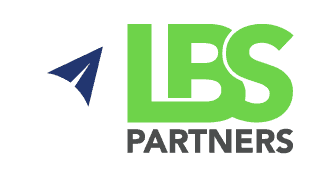
Take Control of Your Future
The emphasis has moved to the performance of small teams collaborating and self-managing their work. Lean Product Development & Agile Methods are a special implementation of a lean transformation that leverages the whole organisation to bring value to the customer. The principles of a lean product development process include:
- Clearly define customer value.
- Explore all alternative solutions early on.
- Create a development process that loads all steps of the process evenly.
- Use standardisation to reduce variation and increase predictability.
- Appoint a ‘chief engineer’ with end-to-end ownership
- Ensure that inter-departmental integration and functional expertise are balanced.
- Relentlessly pursue technical competence.
- Integrate suppliers into the development system.
- Build problem-solving and relentless improvement into the process.
- Ensure technologies adapt to your people and process
- Align the organisation with simple visual communication.
- Emphasise standardisation and organisational learning.
Contact us today to talk about your business can be more efficient, effective, and collaborative.
These 12 principles are a refinement of our five core dimensions of a lean transformation that emphasise the longer-term development of people and processes to deliver real customer value and great customer experience.
